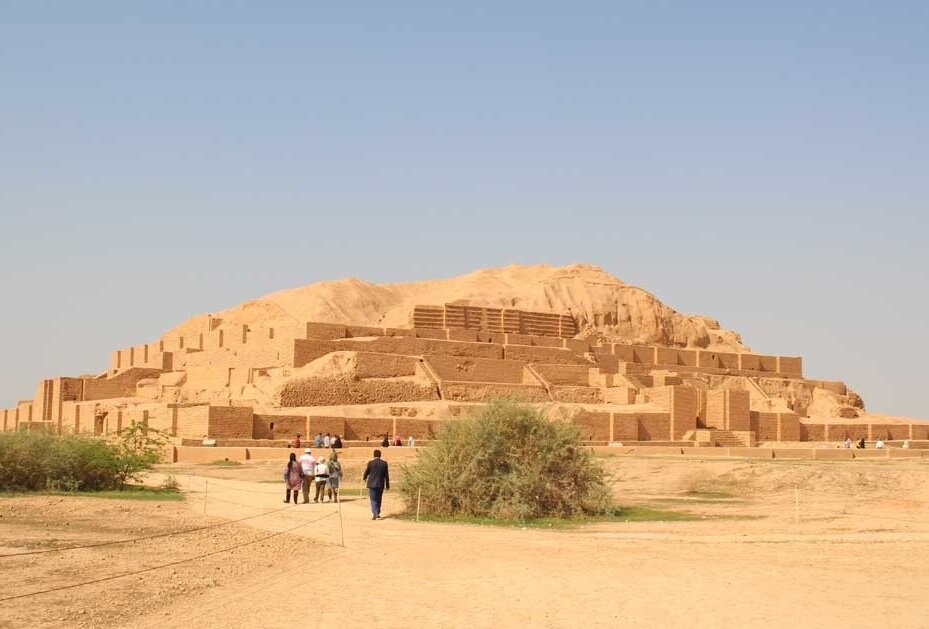INSUBCONTINENT EXCLUSIVE:
deputy provincial tourism chief said on Monday.Travelers from Iraq, Oman, and the United Arab Emirates constituted the main sources of
foreign arrivals in Khuzestan, who stayed in hotels, guesthouses, and tourist complexes from Farvardin 1 to Tir 17, Jamal Ameri
explained.Three UNESCO-designated sites of Susa, Tchogha Zanbil, and Shushtar Hydraulic System attracted the highest number of foreign
visitors during the period, the official said.Lying at the head of the Persian Gulf and bordering Iraq on the west, Khuzestan was settled
about 6000 BC by a people with affinities to the Sumerians, who came from the Zagros Mountains region
Urban centers appeared there contemporaneous with the first cities in Mesopotamia in the 4th millennium.Khuzestan, according to Encyclopedia
Britannica, came to constitute the heart of the Elamite kingdom, with Susa as its capital
Alexander the Great took Susa shortly after the Battle of Gaugamela in 331, and from 311 to 148, Khuzestan was a satrapy (named Susiana) of
the Seleucid empire, with its capital at Seleucia on the Eulaeus River.The region was passed firmly into Parthian control between 148 and
113 BC and then under Sasanian rule about 226 CE
Moreover, it was a frontier zone between the Roman-Byzantine and the Parthian-Sasanian empires and finally was taken by the Arabs in about
revived with the development of oil fields, the building of the Trans-Iranian railway, and the expansion of ports at Abadan and

